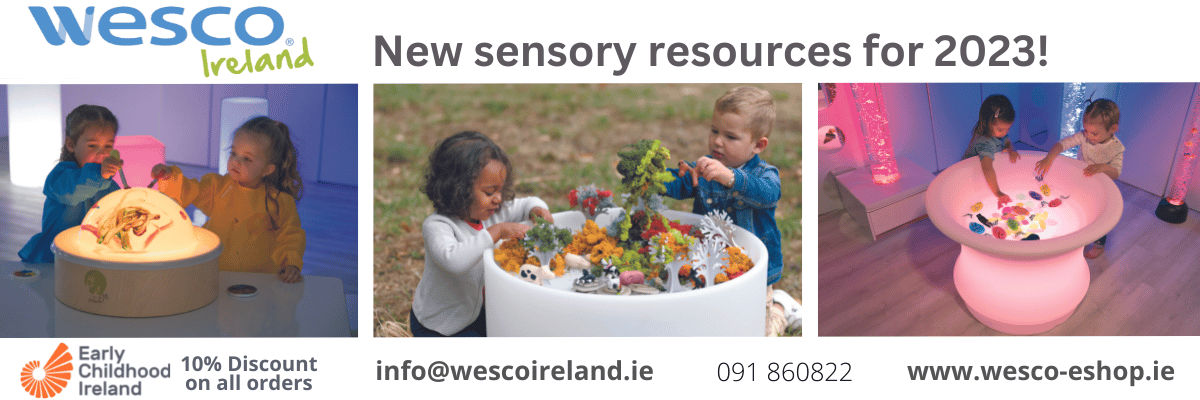The giants of Schema theory

A few days ago, I was mentioned in a Facebook comment by my Australian cousin, an early childhood educator and community activist in Australia. She, in turn, had been tagged in a post, that I also saw mentioned here in Ireland, from Fairy Dust Teaching, about the value and importance of seeing the verb and not the noun when observing children. Basically, this post said that if a child is playing with a train, to try to see what the child is doing with the train or is saying about the train (moving it or connecting it, or going to Dublin on it perhaps), not just assume the interest is with trains in themselves but perhaps how the train works, or where it is going, or who is travelling on the train. My cousin commented that I had helped her see this when her little boy, now nearly 4, was fascinated with gloves. I had suggested he may have an enveloping schema (a fascination with covering things up, wrapping them or putting things in bags) and mentioned that she might look to see what else he was covering or enveloping as he played.
This brief exchange brought me back to my days studying in Pen Green, where I first came across schema theory. My daughter was in her teens at the time, and I remember thinking ‘so all the wrapping and pushing things had a purpose’! As a young child, she was constantly putting small items in bags and boxes just to move them elsewhere, empty them out and start again. This finally made sense. And as an adult now she still adores bags and has her Christmas gifts wrapped ages before the big day!
Jean Piaget (1896 – 1980) originally described the idea of schemas, saying that ‘Schemas of action are coordinated systems of movement and perceptions, which constitute any elementary behaviour capable of being repeated and applied to new situations e.g. grasping, moving, shaking an object.’ Chris Athey, in her book called Extending Thought in Young Children (1990), expanded on those ideas, and it was her writing and research that informed Pen Green to focus on schemas to help them understand children’s actions and how these actions supported their learning. One of my favourite quotes from Chris Athey (1990:66) is ‘Nothing gets under a parent’s skin more quickly and more permanently than the illumination of his or her own child’s behaviour. The effect of participation can be profound’. She also talks about ‘creative collaboration’ with parents and families needing to be carefully cultivated. We saw so much evidence of creative collaboration during the past two years where educators who see the value of parental relationships worked so hard to continue the collaboration with families, that Athey refers to. My cousin remembering my chance comment also illustrates Athey’s point about the illumination of children’s behaviour.
So, what is it about the Pen Green work building on the work of the giants that are Piaget and Athey, that so fascinates me?
I think it is the ‘illumination of the everyday behaviour’ of young children. Sometimes these behaviours may seem repetitive, annoying and frustrating. However, when we see them through the lens of schema theory, they no longer seem as frustrating and instead become fascinating!
When we realise that the baby dropping the spoon from the highchair is not trying to drive us mad, but is rather exploring a trajectory schema. Similarly, the toddler who throws things is also exploring trajectories as they check out the line made by the item falling or flying through the air. Or when they line up the toy cows, or cars or boats and don’t appear to ‘play’ with them, and get upset if we suggest moving the cows to the field…that lining up is also a trajectory schema… fascination with lines. The challenge is to ensure that items that may be thrown are soft and won’t cause injury to anyone in the way of the trajectory. The toddler who is constantly wrapping things up, hiding things, or indeed hiding, looking for Sellotape to make parcels, or even exploring gloves is exploring through an enveloping schema. And the child who loves emptying things out has a scattering schema. If they like to do this repeatedly with the same items, they may keep tidying up as they go which can help!
Athey describes the process whereby actions lead to thoughts and so learning takes place, all along this continuum. As Cath Arnold and the Pen Green team outline in their book Understanding Schemas and Emotion in Early Childhood, Athey saw children as able and competent, while Piaget took a somewhat more deficit view, which is probably more typical of that era. That image of children as competent and confident is a view more widely accepted today and as we know, is central to Aistear. In this book, Cath, who was the Programme Director when I did my MA, describes an incident when a video she had made of her grandson Harry was shown to a group of MA students (not my cohort). The video showed Harry’s fascination with string and connecting things with string. In the subsequent discussion a paper written by Winnicott in 1960, about a child who seemed obsessed with string, was introduced. On reflection, Cath began to see a link between her grandson’s connecting schema and his home life at the time. His parents were separating, and it began to appear clear to Cath that her grandson’s fascination with connecting things was a way of him managing the very complex emotion this little boy was experiencing as a huge change in his life was unfolding for him.
For me, this approach to looking beyond the action, to seeing the thought process behind the action, is fascinating and important. To support children, we need to understand them. Using a schema lens is one way to do this. So, for me, some of the giants on whose shoulder I stand are Piaget, Athey and my tutors at Pen Green.









